Top 10 Innovations in Autonomous Vehicle Safety
Discover the latest top 10 breakthroughs in autonomous vehicle safety, ensuring safer roads for everyone.

Autonomous vehicle safety has seen remarkable advancements in recent years, paving the way for safer roads and a future where driverless cars are the norm. This progress underpins the dream of reducing, if not eliminating, road accidents caused by human error. As technology evolves, it’s crucial to stay informed about the latest innovations shaping the future of transportation. In this article, we'll explore the top 10 breakthroughs in autonomous vehicle safety, highlighting how each innovation contributes to creating safer driving environments for everyone.
Exploring the Top Innovations in Autonomous Vehicle Safety
The journey toward fully autonomous vehicles is not only about technological sophistication but also ensuring unparalleled safety. From advanced driver-assistance systems (ADAS) to cutting-edge software algorithms, each innovation brings us one step closer to achieving the goal of accident-free roads. Let's dive into the top innovations that are making autonomous vehicles safer.
List of Top Choices
- Advanced Driver-Assistance Systems (ADAS)
- LiDAR Technology
- Machine Learning and Artificial Intelligence
- Cybersecurity Measures
- V2X Communication
- Predictive Analytics
- Ethical Decision-Making Algorithms
- Augmented Reality Dashboards
- Fail-Safe Systems
- Virtual Reality Testing
Advanced Driver-Assistance Systems (ADAS)

- Collision Detection: Automatic braking when an imminent collision is detected.
- Lane Keeping Assistance: Maintains the vehicle's position within its lane.
- Adaptive Cruise Control: Adjusts the vehicle's speed based on the traffic condition.
Advanced Driver-Assistance Systems, or ADAS, stand as a cornerstone in the evolution of autonomous vehicle safety. These systems blend various sensors and technologies to create a safety net around the vehicle. Not only do they minimize the chances of human error by offering features like collision detection and lane keeping assistance, but they also enhance driver comfort with adaptive cruise control. As the foundational tech for future fully autonomous vehicles, ADAS technologies showcase how integrating simple automated features can significantly boost overall vehicle safety and user trust.
LiDAR Technology

- High-Resolution Mapping: Creates detailed 3D maps of the vehicle's surroundings.
- Object Detection: Identifies and categorizes objects within a significant range.
- Real-Time Processing: Offers instant reaction capability by processing data in real-time.
LiDAR technology, leveraging light to measure distances and map environments, has become a game-changer in enhancing autonomous vehicle safety. With its high-resolution spatial mapping, LiDAR provides precise data about the vehicle's surroundings, making it unmatched in detecting and categorizing objects, even under challenging conditions. This capability ensures that autonomous vehicles are aware of their environment at all times, significantly reducing the potential for accidents. The real-time processing feature of LiDAR further ensures that autonomous vehicles can make instant decisions, a critical aspect for safety in dynamic driving conditions.
Machine Learning and Artificial Intelligence
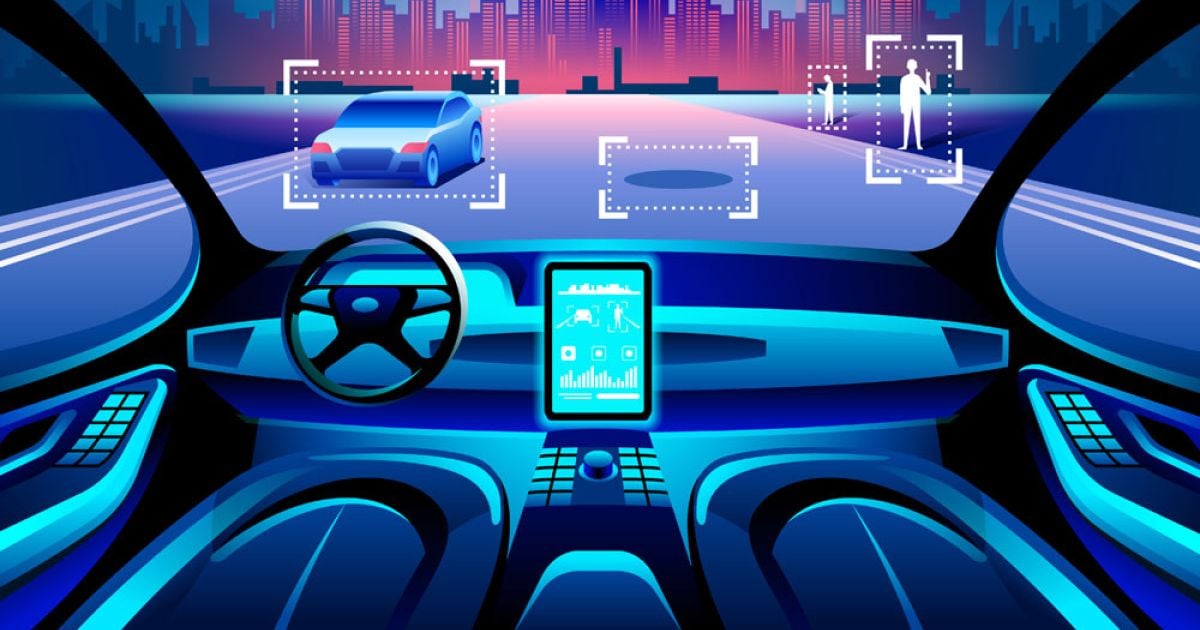
- Adaptive Behavior: Continuously learns and adapts to new driving environments.
- Decision Making: Analyzes data to make informed driving decisions.
- Predictive Capabilities: Anticipates potential hazards and adjusts driving accordingly.
The integration of machine learning and artificial intelligence (AI) into autonomous vehicles heralds a significant leap in automated vehicle safety. By harnessing the power of AI, vehicles can now learn from vast amounts of data, adapting their behavior to match complex and unpredictable road conditions. This learning process is not static; it evolves, allowing for continuous improvement in decision-making processes. AI's predictive capabilities enable autonomous vehicles to anticipate and react to potential hazards, further cementing its role in ensuring safety on the roads.
Cybersecurity Measures
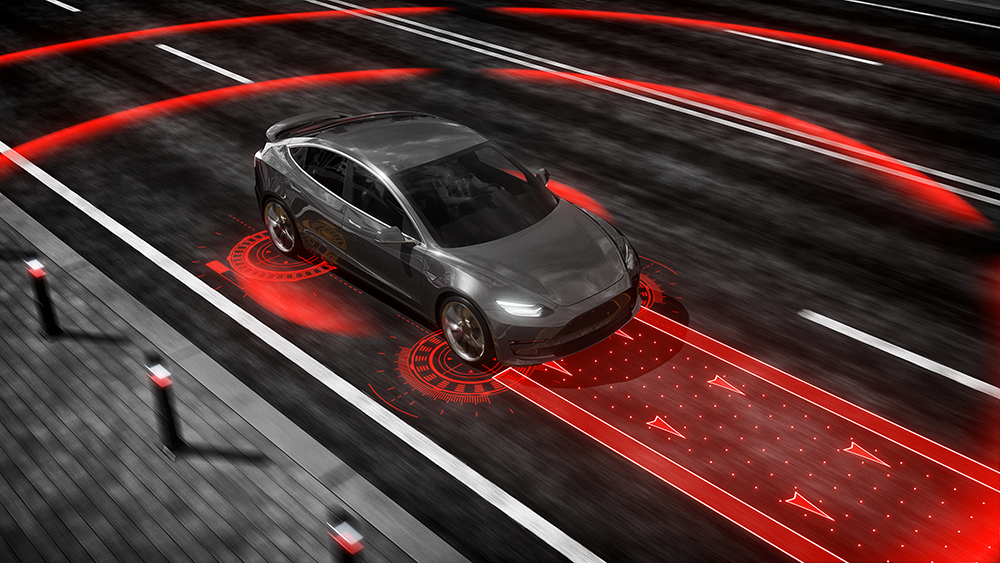
- Data Protection: Implements robust protocols to safeguard against data breaches.
- Network Security: Ensures secure communication between the vehicle and external networks.
- Anomaly Detection: Monitors for and responds to suspicious activity promptly.
As autonomous vehicles become more connected, the potential for cyber threats increases, making cybersecurity measures crucial for their safety. Sophisticated data protection protocols are imperative to shield vehicles from cyber-attacks and breaches, which could compromise critical functions. Equally important is securing the communication channels between vehicles and infrastructure to prevent unauthorized access. Through real-time monitoring for anomalies and implementing rapid response mechanisms, autonomous vehicles are fortified against cyber threats, ensuring the safety of both data and passengers.
V2X Communication
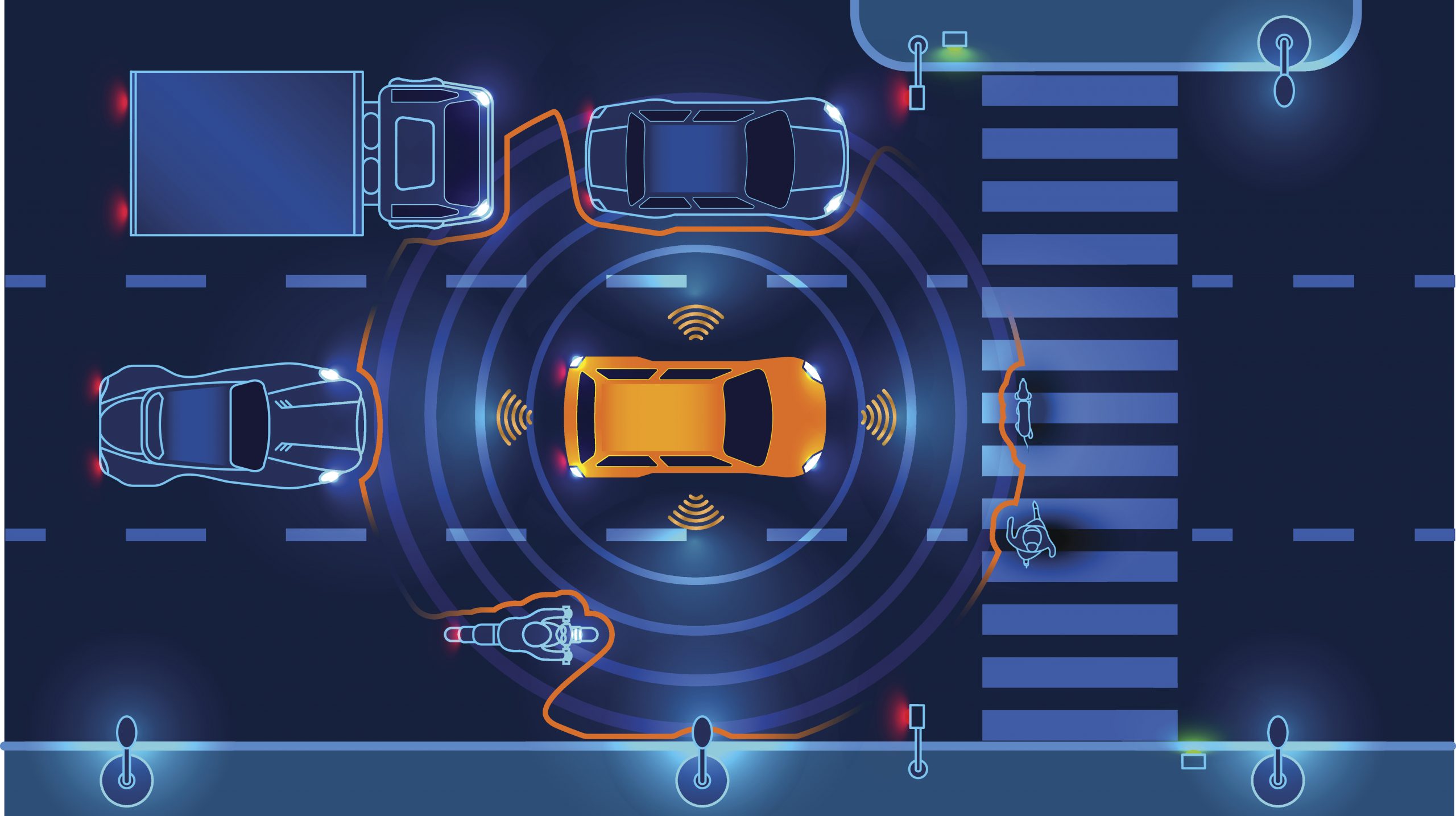
- Vehicle-to-Vehicle (V2V) Communication: Allows vehicles to communicate their positions and speeds to each other.
- Vehicle-to-Infrastructure (V2I) Communication: Enables communication between vehicles and road infrastructure.
- Real-time Traffic Management: Integrates data from various sources for optimal traffic flow.
Vehicle-to-Everything (V2X) communication is revolutionizing autonomous vehicle safety by facilitating seamless interaction not only between vehicles but also with the road infrastructure. This innovative communication layer allows vehicles to share vital information, such as speed and positional data, leading to a more synchronized and safer traffic system. Moreover, V2X paves the way for improved real-time traffic management by leveraging collective data, thus enhancing road safety and efficiency. The ability of autonomous vehicles to communicate and adapt to their surroundings through V2X is a critical milestone in achieving safer roadways for all users.
Predictive Analytics

- Behavior Analysis: Studies historical data to predict driver behavior.
- Traffic Pattern Recognition: Identifies and adapts to real-time changes in traffic flow.
- Accident Prediction: Utilizes data to foresee and mitigate potential accidents.
In the realm of automated vehicle safety, predictive analytics stands out by offering a proactive approach to enhance road safety. This technology delves into vast amounts of data to identify patterns in driver behavior and traffic flow, turning these insights into actionable strategies for preventing accidents. The ability to anticipate and adapt to changes in the environment before they happen can significantly minimize the risk of collisions, showcasing the vital role of predictive analytics in advancing autonomous driving safety.
Ethical Decision-Making Algorithms
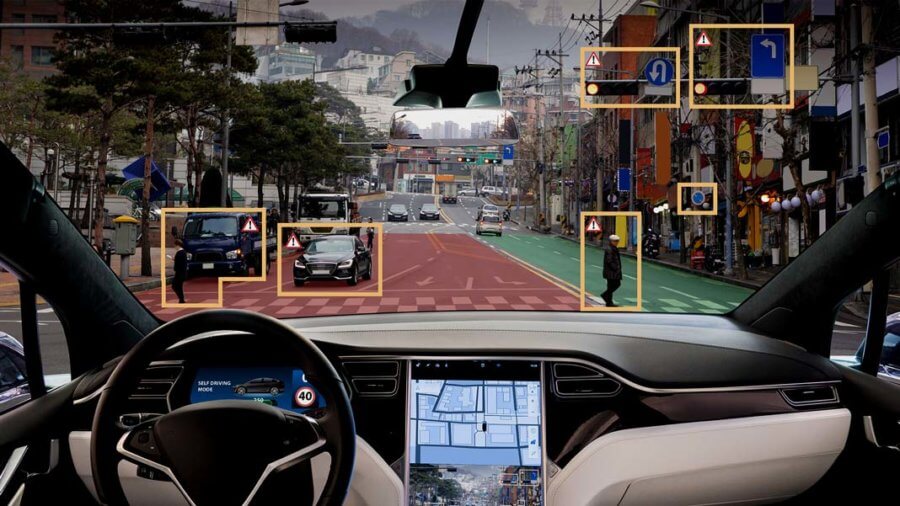
- Moral Framework: Embedded ethical guidelines for critical decision-making processes.
- Scenario Analysis: Evaluates multiple outcomes to choose the most ethically sound action.
- Transparency: Ensures that the decision-making process is clear and justifiable.
The deployment of ethical decision-making algorithms in autonomous car safety represents a critical step towards addressing autonomous vehicles safety concerns. By encoding moral principles into the vehicle's decision-making frameworks, these algorithms navigate complex ethical dilemmas vehicles may encounter on the road. This not only enhances trust in autonomous technology but also ensures that decisions made during critical moments are justifiable and aligned with societal values. The development and refinement of these algorithms are crucial for the widespread acceptance of autonomous vehicles.
Augmented Reality Dashboards
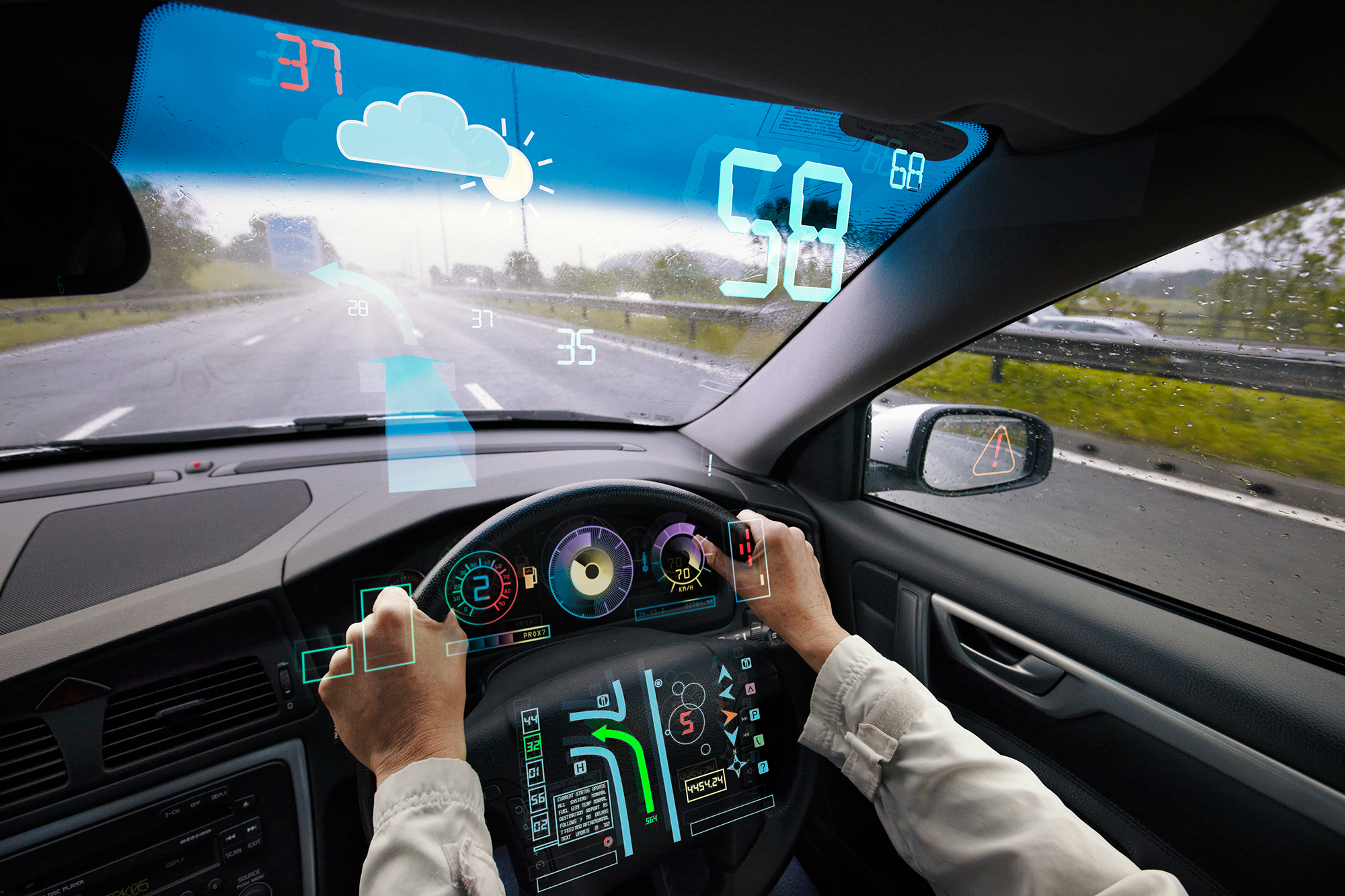
- Real-Time Information: Displays essential information directly on the windshield.
- Navigation Assistance: Provides augmented navigation cues for easier route following.
- Hazard Alerts: Warns drivers about potential dangers ahead, increasing reaction time.
Augmented reality dashboards revolutionize the driver's interface by overlaying important information, such as navigation and hazard alerts, directly onto the windshield. This technology significantly enhances autonomous vehicle safety by ensuring that the driver's focus remains on the road, reducing distraction, and allowing for immediate response to potential hazards. The integration of augmented reality into vehicle dashboards underlines the commitment to combining advanced technology with human-centered design to create safer driving experiences.
Fail-Safe Systems
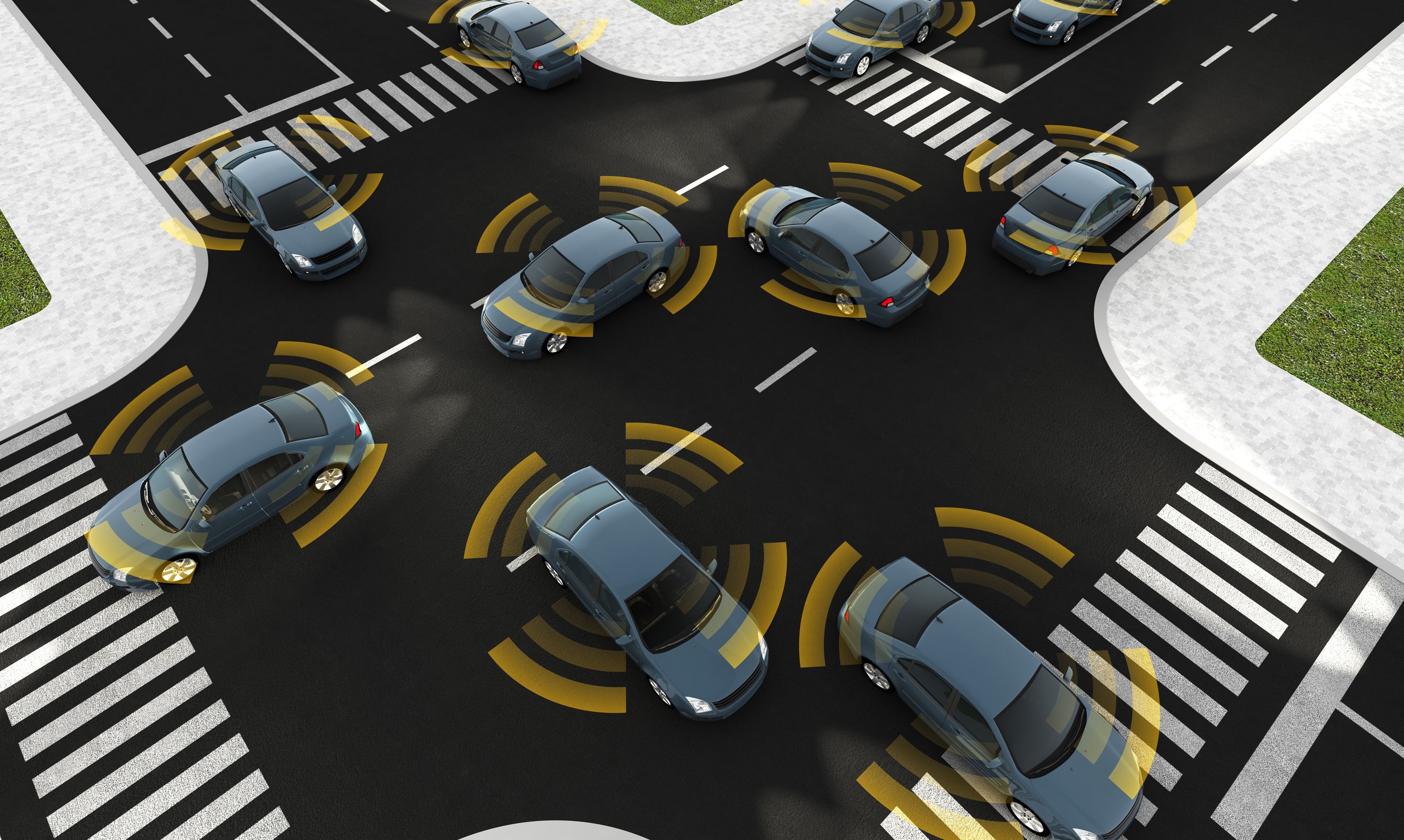
- Redundancy: Incorporates multiple backups for critical systems to prevent total failures.
- Self-Diagnosis: Continuously monitors the health of vehicle systems and identifies issues.
- Emergency Protocols: Activates protective measures in the event of system failure.
Fail-safe systems form an integral part of ensuring autonomous safety, particularly in scenarios where system failure could lead to catastrophic outcomes. By designing vehicles with redundancy, self-diagnosis capabilities, and robust emergency protocols, manufacturers significantly reduce the impact of potential failures. These systems ensure that even in the event of a component malfunctioning, the vehicle can either maintain operational safety or bring itself to a stop safely. The development of robust fail-safe mechanisms is a testament to the industry's focus on safety as the paramount concern.
Virtual Reality Testing

- Simulation of Complex Scenarios: Allows for the testing of vehicles in diverse driving conditions.
- Behavioral Data Analysis: Gathers data on how autonomous systems react to unexpected events.
- Risk-Free Environment: Provides a safe space for testing extreme conditions without real-world consequences.
Virtual reality testing emerges as a pivotal tool in enhancing driverless car safety by enabling exhaustive testing of autonomous vehicles under controlled yet varied conditions. This approach allows engineers to simulate highly complex scenarios and extreme weather conditions, which might be difficult or dangerous to replicate in real life. By analyzing how the vehicle's autonomous systems respond to an array of challenges, developers can refine and improve safety features, ensuring the vehicle is well-equipped to handle real-world situations. Virtual reality testing epitomizes the blend of innovation and safety, illustrating the automotive industry's commitment to achieving the highest safety standards for autonomous vehicles.
In conclusion, these top 10 innovations in autonomous vehicle safety mark significant strides towards safer roads and underline the automotive industry's commitment to leveraging technology for the welfare of all road users. As autonomous and automated vehicles become more prevalent, these safety features and technologies will play a crucial role in shaping a future where road accidents are significantly reduced, if not entirely eliminated.
What's Your Reaction?

































































